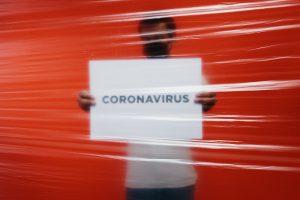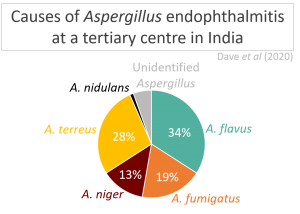Submitted by Aspergillus Administrator on 9 July 2013
Micfungin is one of the newer antifungal drugs available for the treatment of fungal infections and is used to treat aspergillosis in some cases. It follows on from the release of a series of antifungals over the last 10-20 years; itraconazole, caspofungin, voriconazole, posaconazole, but this new drug is all the more important because it isn’t from the case class of drugs as three out of four of the drugs listed.
This means that it should make an ideal alternative to the commonly used azole drugs when an infection becomes resistant or the patient is intolerant to the side effects of one of the other drugs. It may also offer the possibility of 2 target combination treatment were the doctor exploits the use of two drugs that each attack different parts of the fungus at the same time. This is can be more successful and exploited in other types of infection.
Micafungin is an echinocandin (as is caspofungin) which is known to be effective against Aspergillus and Candida, 2 fungal pathogens that frequently infect people and as such has had approval since 2008 in Europe (2006 in the US) for those infections.
It does however – as all echinocandins do, need adminstering in hospital, making it more expensive to use. The cost of the drug is also high. The benefits seem to be that micafungin and other echinocandins can be much safer to use compared with other antifungals. This is reflected in the approval this week of micafungin for use in very small children.
Micafungin use in children – a review
News archives
-
Title
Date



